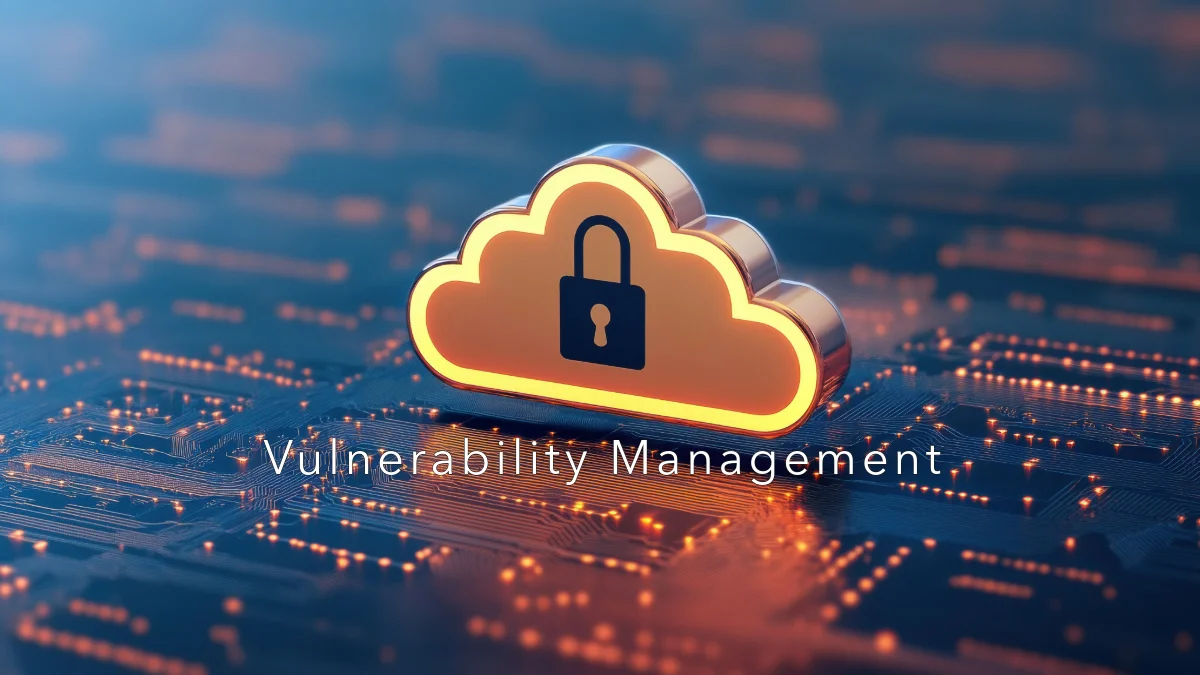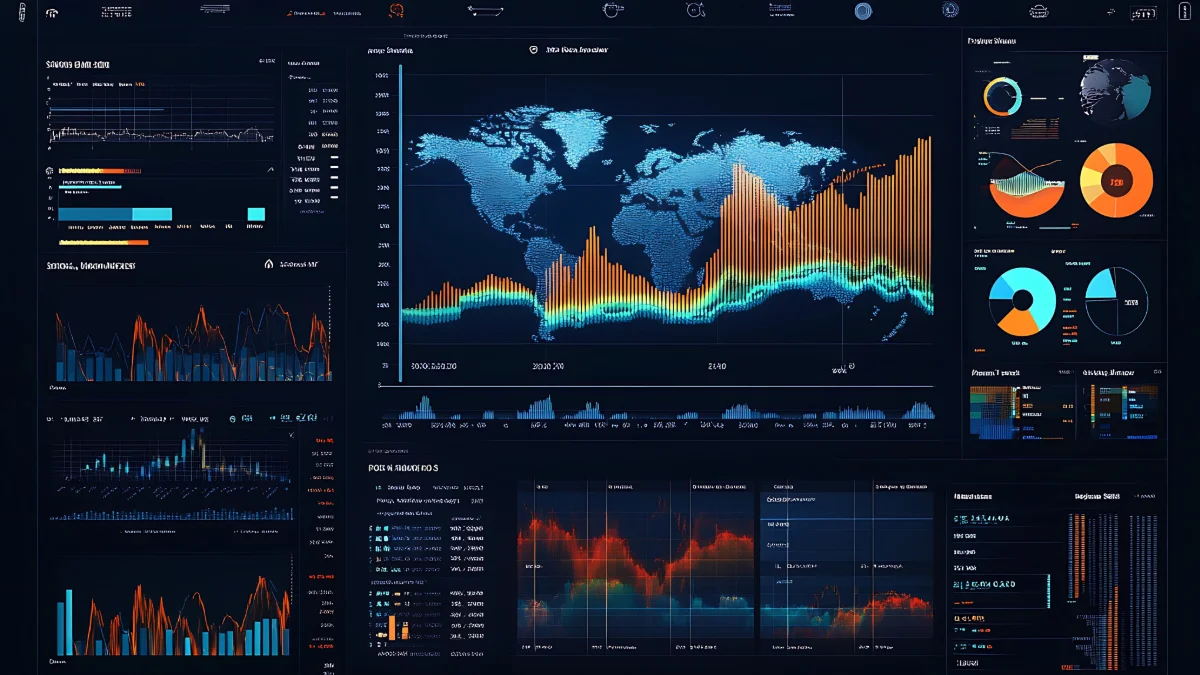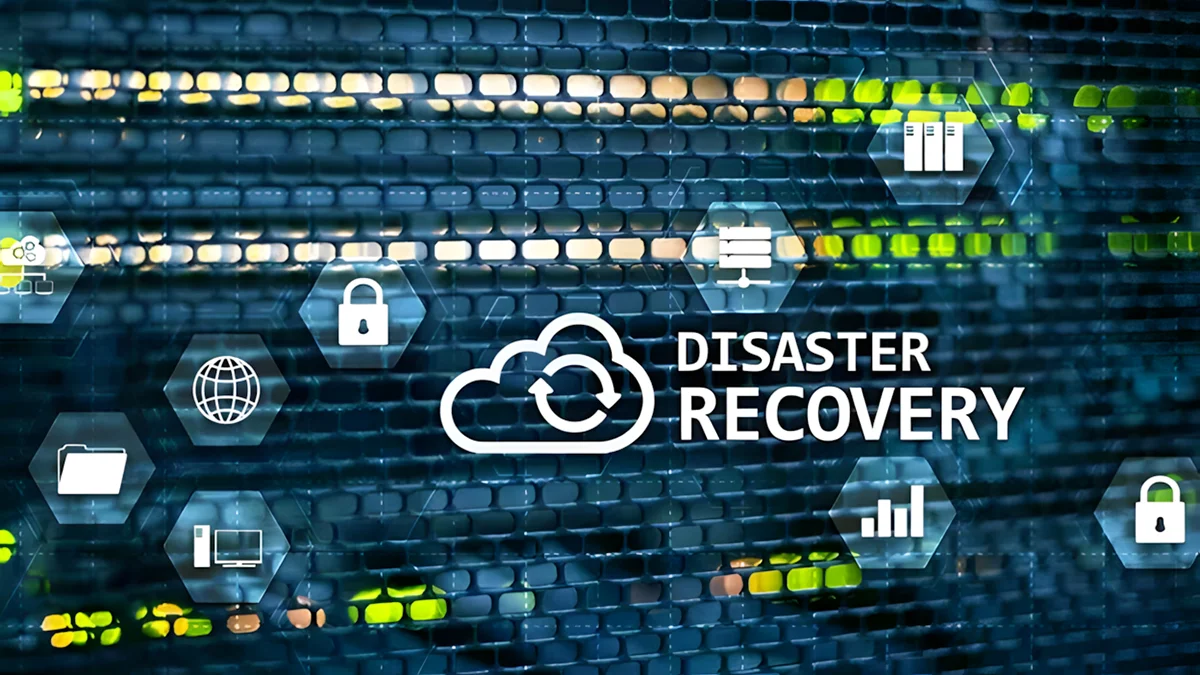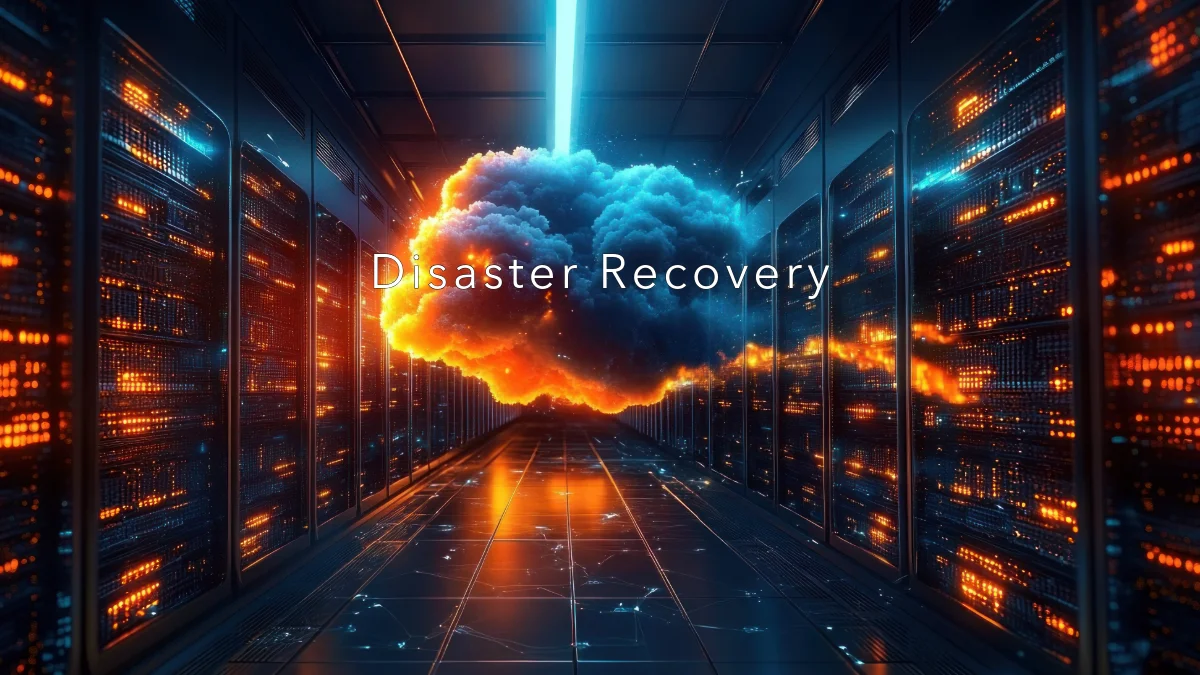1.
What is Vulnerability Management as a Service (VMaaS)?
Vulnerability management, one of the most critical risks in big data management, offers a holistic approach for businesses by covering issues such as security vulnerabilities, zero-day attacks, version mismatches, and patch management. So, what is Vulnerability Management as a Service? VMaaS is a solution that differs from traditional security tools by integrating scanning, risk prioritization, continuous monitoring, and reporting into a single, expert-supported platform. The security tools used in this model regularly scan systems to identify potential vulnerabilities, while expert teams analyze the findings to determine which threats require immediate action. This allows businesses to save both time and resources. For organizations with large-scale software and infrastructure inventories, Vulnerability Management as a Service is essential for building a sustainable cybersecurity strategy.
2.
What is a Vulnerability and How is it Managed?
It is highly likely that any organization—regardless of industry—faces risks from malicious actors and harmful software. The question “What is a vulnerability?” can be answered as a weakness within a system that can be exploited by these actors. Such vulnerabilities may reside in operating systems, software, applications, or network components. If not detected in time, they can lead to data leaks, system downtime, or unauthorized access. This is where a vulnerability management tool comes in. These tools automatically scan systems, identify vulnerabilities, prioritize them by severity, and provide tailored mitigation suggestions. With continuously updated threat databases, they also help minimize an organization's attack surface. However, it’s important to note that effective vulnerability management requires not only regular tool usage but also expert oversight throughout the process.
3.
Key Features of Vulnerability Management as a Service
Following a brief overview of vulnerability management as a service, here are the core features of the VMaaS model:
- ITSM Integration: GlassHouse’s VMaaS integrates with existing IT service management (ITSM) systems, streamlining vulnerability detection and remediation workflows.
- Centralized Policy Management: Standardizes vulnerability management processes across the organization and enables centralized policy creation.
- Compliance Readiness for ASV and SAQ Audits: The vulnerability management software architecture supports compliance preparation for standards like PCI DSS.
- Support for Application Security Tools: Integrates with various security tools to enhance software protection and address code-level vulnerabilities.
- Reduced Operational Load: Automation reduces manual workloads for IT teams, allowing security personnel to focus on strategic tasks.
- Cost Optimization for Advanced Network Security: Timely identification and resolution of vulnerabilities minimizes potential damages and unexpected costs.
- Continuous Monitoring: Vulnerabilities are monitored and reported without impacting system performance, ensuring uninterrupted business continuity.
4.
What is a Zero-Day Attack, and When Does VMaaS Step In?
So, what is a zero-day attack, and when should Vulnerability Management as a Service take over? The term zero-day attack refers to cyberattacks that exploit previously unknown vulnerabilities in software or systems—issues that have not yet been patched. In these scenarios, defensive mechanisms are often ineffective due to the absence of available fixes. Vulnerability Management as a Service (VMaaS) is critical for detecting, managing, and mitigating such vulnerabilities early. With continuous scanning, vulnerability analysis, and security reporting, VMaaS enables rapid response before or immediately after zero-day vulnerabilities are discovered. In summary, during or just before a zero-day attack, VMaaS identifies vulnerabilities and minimizes risks through rapid intervention. So, what does VMaaS do during the resolution process?
- Continuous Scanning: Systems and infrastructure are regularly scanned. Vulnerabilities are identified through both automated and manual methods, enabling early detection of emerging or previously unknown threats.
- Vulnerability Analysis: Detected vulnerabilities are analyzed in detail. Their severity, impact, and exploitability are assessed to prioritize response efforts, offering deeper insight into the true risk level.
- Security Reporting: Identified vulnerabilities and recommended fixes are compiled into regular reports for relevant stakeholders. These reports form the basis of response planning and ensure transparent, controlled security operations.
Also, check out our related article: What is Disaster Recovery as a Service (DRaaS)?















